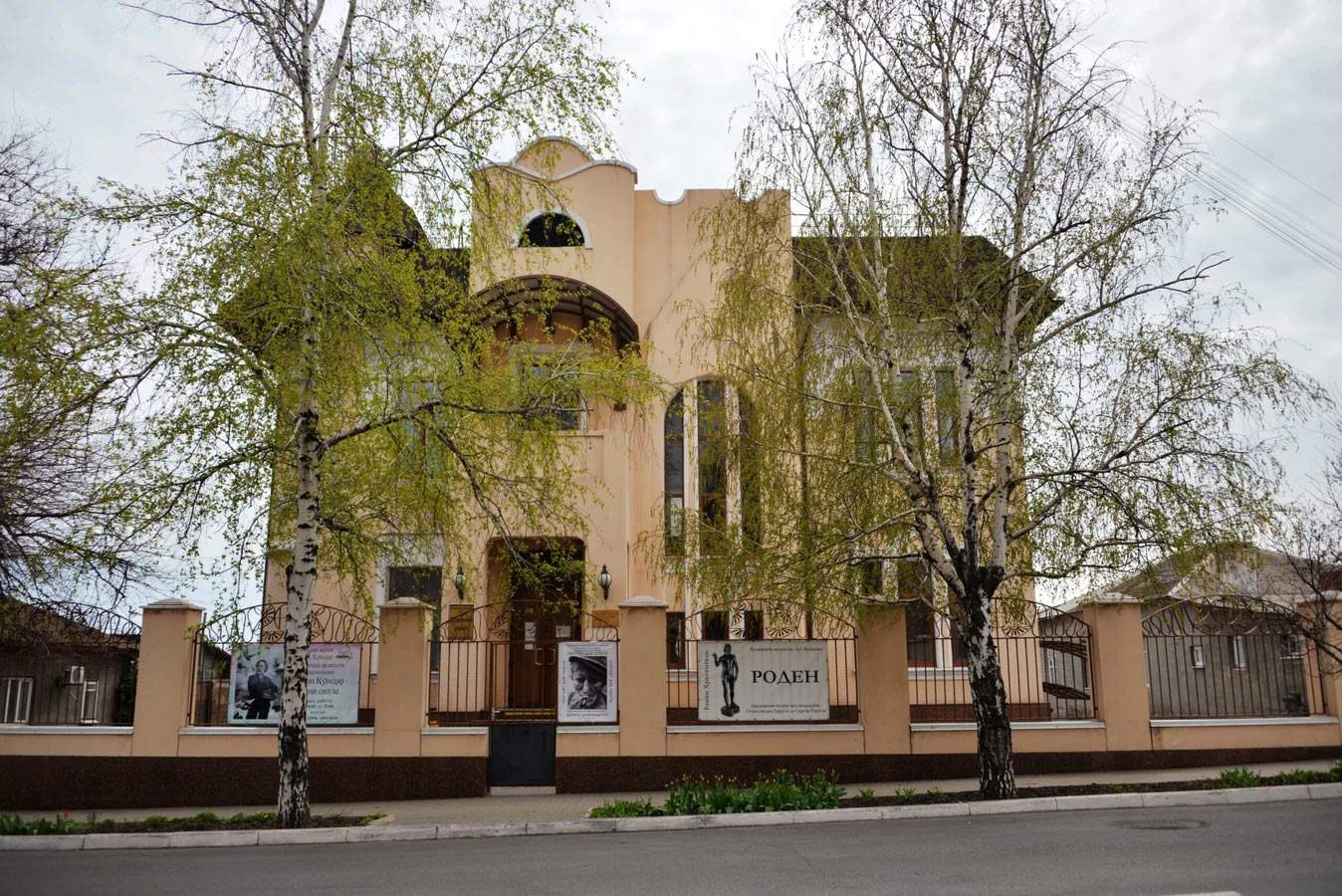More damage toUkraine’s cultural heritage: in the early afternoon, through a message on its Telegram channel, the city administration of Mariupol, the city that is suffering the most during the war, denounced the destruction of the Arkhip Kuindzhi Art Museum, which was housed in an early 20th century art nouveau villa. “In Mariupol,” the message reads, “Russian troops destroyed the building of the Arkhip Kuindzhi Art Museum, which housed original paintings by world-renowned masters. According to the head of the National Union of Artists of Ukraine, Konstantin Chernyavsky, Arkhip Kuindzhi’s original works were not in the museum at the time of the bombing: only copies by Andriy Yalansky and Oleksandr Olkhov remained. At the same time, the museum held original works by other Ukrainian artists-Ivan Aivazovsky, Mykola Glushchenko, Tatiana Yablonska, Mykhailo Deregus and others. Their fate is currently unknown.”
According to Konstantin Chernyavsky, who was the first to report the news of the museum’s destruction with a Facebook post last Monday (the incident reportedly took place on Monday, March 21 at around 9 a.m.), the bombing also destroyed the studio of painter Vasyl Korenchuk, which was located in some of the building’s rooms. Incidentally, an exhibition by Korenchuk himself was scheduled to open in the halls of the institute on Feb. 25.


The museum housed about 2,000 objects including works of art, decorative and applied art elements, graphics and sculpture. The building also housed a small nucleus of works by Arkhip Kuindzhi (Mariupol, 1841 - St. Petersburg, 1910), one of the most important Ukrainian artists of the 19th century (Ukraine was part of the Russian Empire at the time). It was one of the most important monuments in Mariupol, a city with a very young history (in fact, the first permanent settlement in the area dates back to 1778). In Soviet times, the cottage served as a library and historical archive of the Communist Party, was later looted by the Germans during World War II, and was later abandoned. In 1997, the Mariupol Municipality decided to blaze the trail to make the mansion a small picture gallery, and having found funding, restoration could begin in the late 2000s. The museum was then inaugurated on October 30, 2010, and counted on an exhibition area of about 300 square meters arranged in ten rooms. Municipal plans called for an expansion.
Kuindzhi, an artist born in Mariupol but with a family of Greek descent, was one of the most important exponents of landscape painting in the Russian Empire of his time. A pupil of one of the greatest Russian artists of the time, Ivan Aivazovsky, he is famous for his paintings featuring sunsets, moonlight, and in general for his works where the meteorological element is preponderant and declined to achieve evocative effects. His paintings depict backdrops of Russia and Ukraine, particularly landscapes of the Dnepr River.
 |
| Ukraine denounces destruction of Mariupol Art Museum |
Warning: the translation into English of the original Italian article was created using automatic tools. We undertake to review all articles, but we do not guarantee the total absence of inaccuracies in the translation due to the program. You can find the original by clicking on the ITA button. If you find any mistake,please contact us.